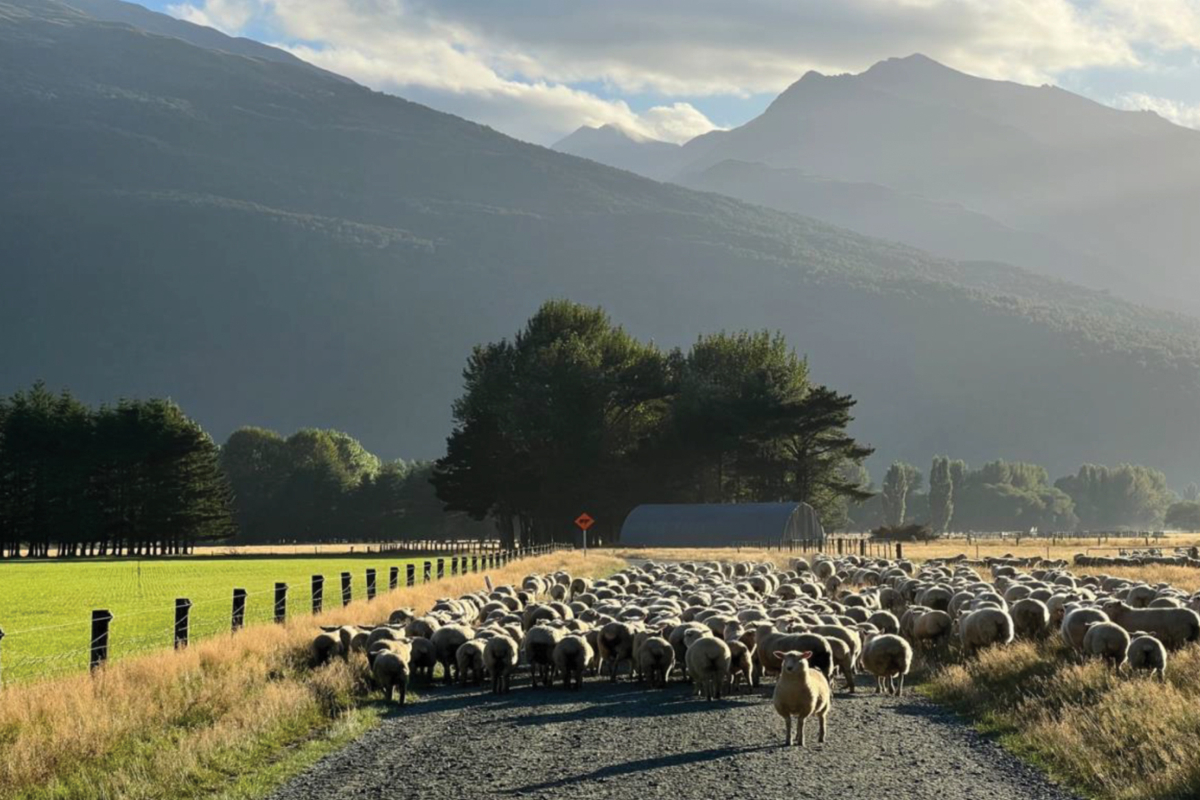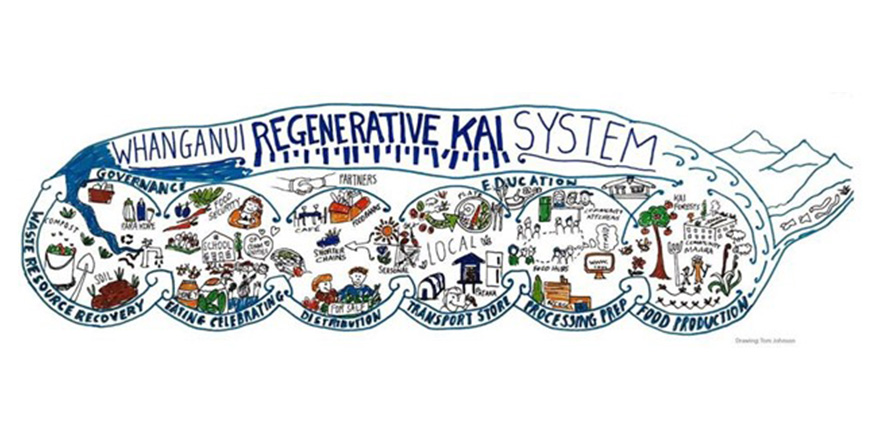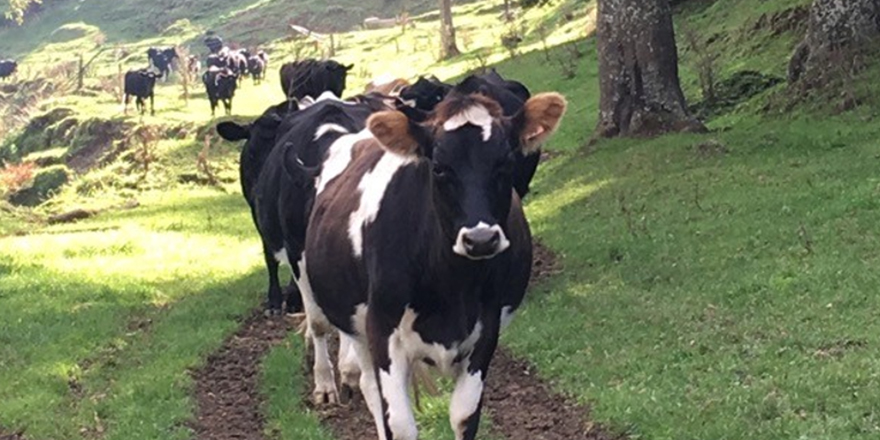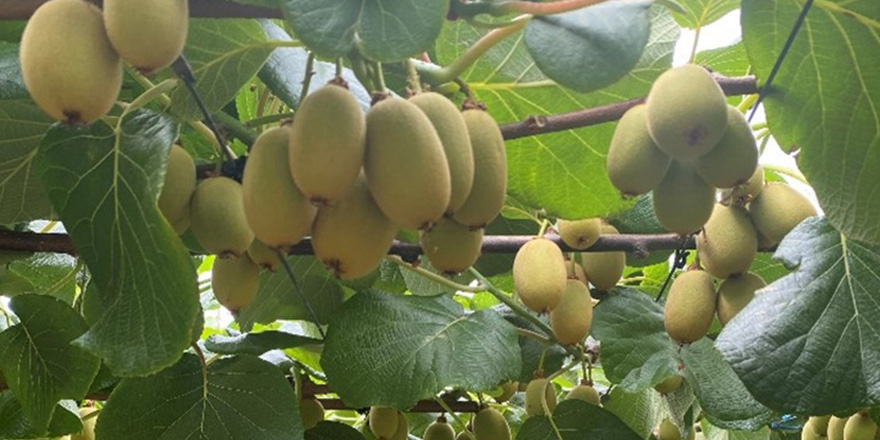
Executive summary
New Zealand’s sheep population has experienced a significant decline, decreasing by 21% over the past decade to reach 23.6 million as of June 2024. This trend is driven by a combination of environmental pressures, suboptimal wool returns, elevated input costs, and a transition towards a more beef-dominant system. However, the most influential factor has been the expansion of Carbon Forestry, facilitated by the Emissions Trading Scheme (ETS) policies, which has resulted in the conversion of 260,000 hectares of sheep and beef farmland into pine plantations. Since the inception of the ETS in 2007, the national sheep flock has shrunk by 40%. As lamb exports continue to generate $3.18 billion annually, optimising productivity from the remaining ewe flock is of utmost importance.
This report focuses on the significance of terminal sires, particularly emphasising the utilisation of heterosis to improve lamb carcass weights and support the industry’s sustainability in the future. This report aims to investigate the current use and effectiveness of terminal sires within New Zealand’s sheep farming systems, with an emphasis on enhancing productivity from the declining ewe flock. Acknowledging the industry’s diversity in adaptability, this report is designed to influence the middle 60% of farmers, specifically those receptive to pragmatic, evidence-based transformations. Through the implementation of a relatable Mock Farm Model and accessible analysis, this research aspires to equip this group with the knowledge to make informed, production-optimising decisions regarding terminal sire usage.
The methodology employed in this research comprised a national farmer survey, semistructured interviews, and the implementation of a Mock Farm Model. The survey collected regional and on-farm data from sheep farmers throughout New Zealand, with a particular emphasis on terminal sire usage, lamb slaughter performance, and the perceptions held by farmers. Comprehensive telephone interviews were conducted with a geneticist, a diverse group of sheep farmers, and a lamb trader to investigate the practical and commercial aspects of terminal sire application. Lastly, a Gross Margin analysis, based on a mock farm scenario, was utilised to evaluate the economic implications of heightened terminal sire adoption.
The survey findings indicate that farmers utilising higher rates of terminal sires exhibited a significantly higher percentage of lambs killed off mum at weaning. However, the insufficient availability of quality maternal ewe lambs for replacements continues to pose a primary barrier to the increased adoption of terminal sires. Apprehensions regarding lower lambing percentages and the limited integration of Breeding Values in the selection of terminal sires compound this issue.
Interviewees highlighted strategic flock selection, grouping ewes into ‘A’ and ‘B’ mobs, which enables the targeted utilisation of maternal rams for replacements and terminal rams for production enhancements. The lamb trader confirmed a premium for terminal lambs before Christmas, which contradicts certain perceptions held by some farmers. Furthermore, participants stressed the necessity to enhance the quality of terminal sires to maximise performance and improve industry outcomes.
The Mock Farm Model indicated that through increasing the utilisation of terminal sires from 10% to 50% resulted in a significant feed surplus in mid to late summer and advanced the average kill date by 13 days. This feed surplus may be allocated for baleage production, enhancing the Body Condition Scores of ewes for improved scanning results, or for fattening lambs to heavier carcass weights. Scenario modelling proposed an enhancement in Gross Margin, thereby affirming the economic viability of the strategic use of terminal sires.
To optimise production within the declining population of ewes in New Zealand, this report presents the following recommendations:
- The flock on farm is to be segregated into two distinct groups:
- An ‘A’ flock comprised of high-performing or younger ewes intended for breeding replacements, limited according to actual replacement requirements
- A ‘B’ flock consisting of older or less productive ewes, which will be mated to terminal sires to leverage hybrid vigour for the production of heavier, more market-ready lambs at the time of weaning.
- Align sire selection with breeding goals, focusing more on rams with high genetic merit. Investing in quality terminal sires is a cost-effective decision due to their considerable effect on production.
Matt Ward, Matthew




